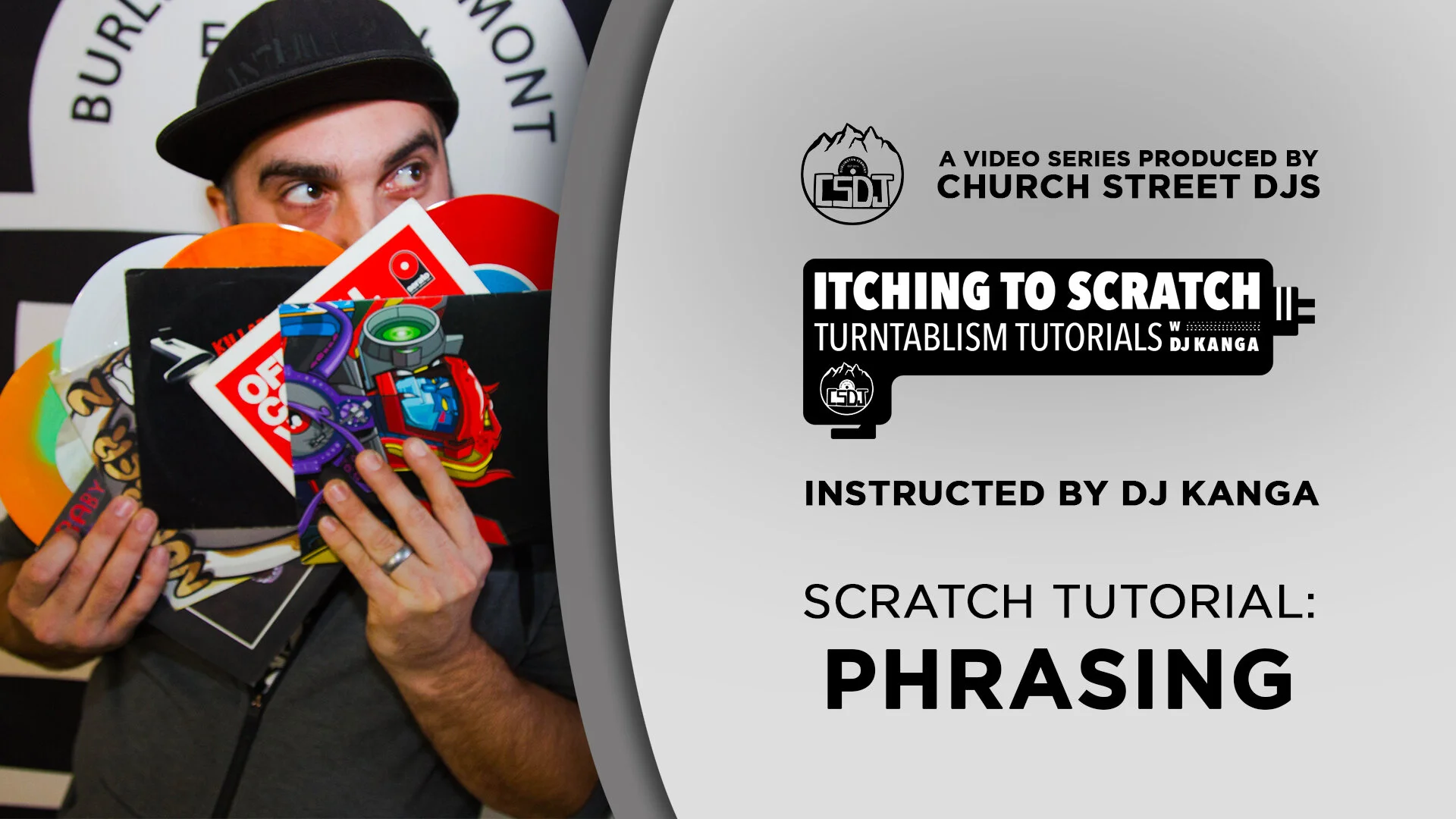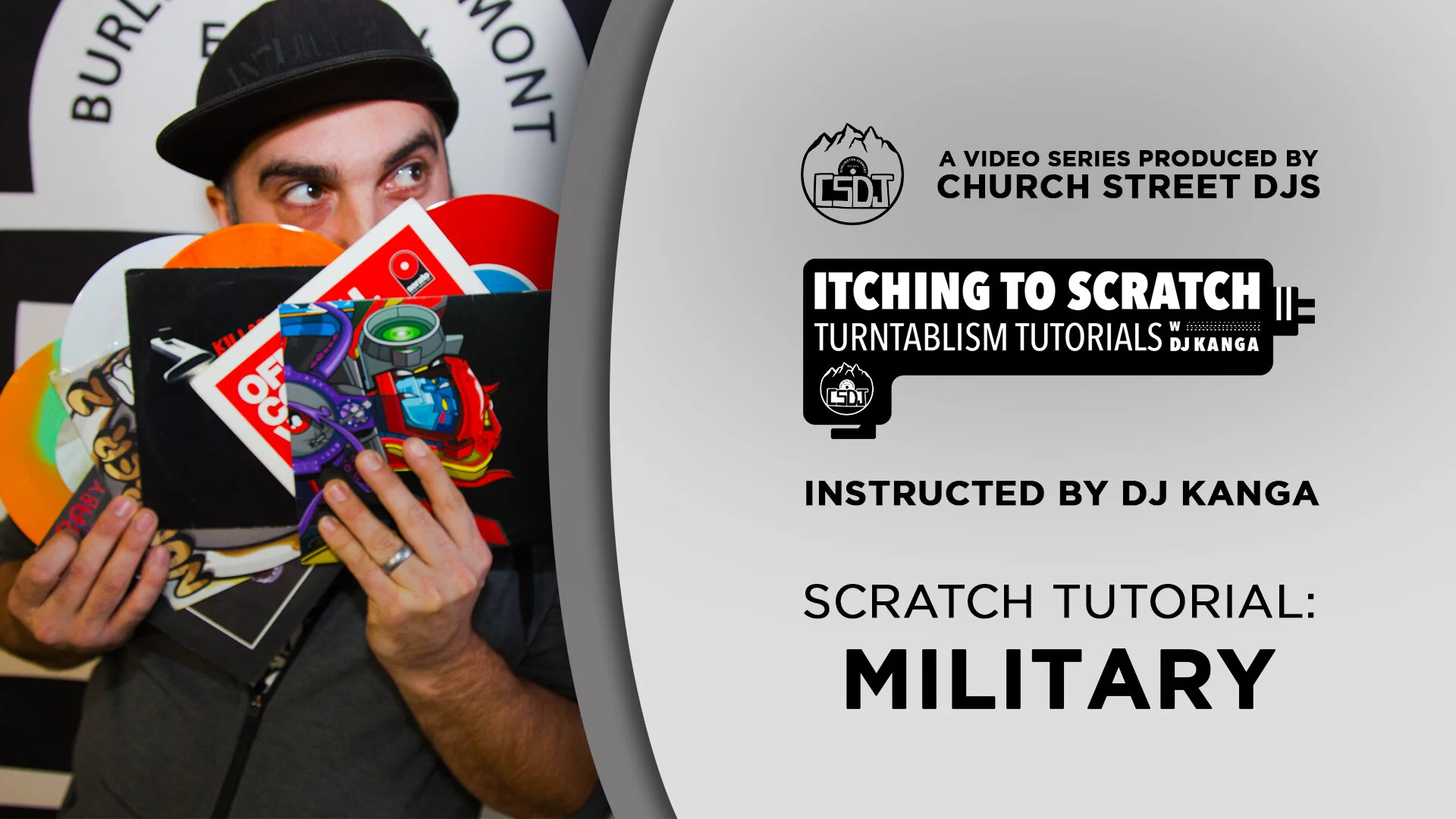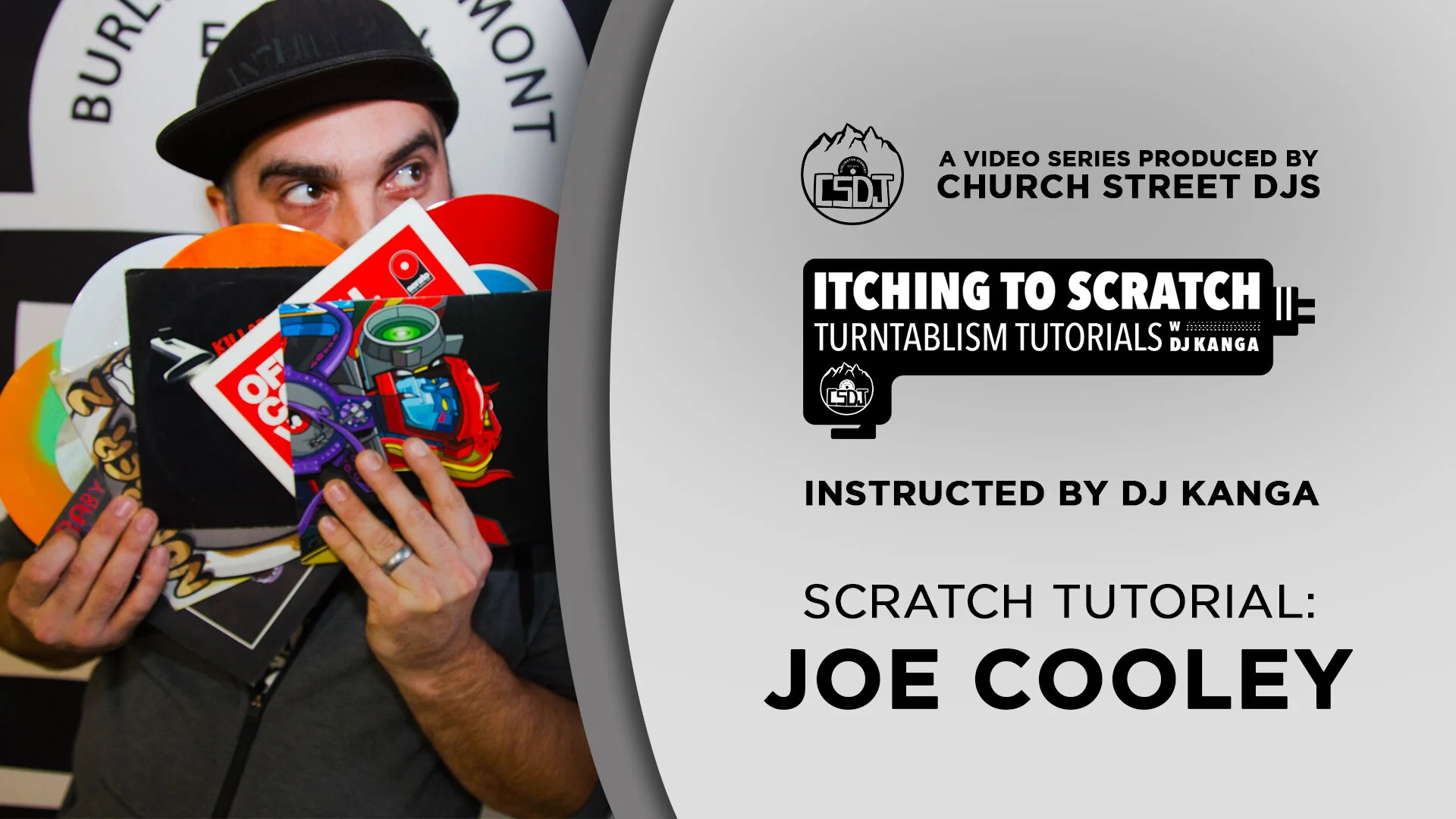Week 22: Phrasing
Phrasing is the act of breaking up a sample into either words or syllables by pausing the record with your hand in between each word or syllable. This can be done with or without the fader, but using the fader will give a sharper, cleaner sound. Say we have a sample that says “I can break it down”. To phrase that sample you would add pauses between each word, “I-can-break-it-down”. Some samples might be a little more difficult. “Cut like a guillotine” is a well-known phrasing sample but you can’t really break it up by words or samples. Instead, you need to pick out where you can add pauses so that it can be in time with the beat you are playing to. Such as “Cut-like a-guillo-tine”. “Like a” is technically two syllables but in order for it to sound right, we use it as one. Similarly, “guillotine” is three syllables but to make it fit we treat it as one. Once you’re comfortable separating a given sample try grabbing specific parts to then do other scratches with.
Week 23: Twiddle
The Twiddle scratch uses the ring and index finger to alternate snapping the crossfader against your thumb. This scratch is a precursor to the Crab Scratch and can be done starting with the crossfader open or closed. The idea is to use your thumb almost like a spring to bounce the crossfader against using your ring and index fingers. The first cut is made with a ring finger and the second is made with the index finger.
Week 24: Military
Week 25: Rockit
The Rockit scratch is a funkier variation of the Military scratch made famous by Grandmixer DXT on Herbie Hancock’s track “Rockit”. Done with the classic “Fresh” scratch sample, this is more of a structured rhythm of stabs, forwards, chirps and babies. The way DXT is able to repeat the pattern with ease inspired many young DJs to become the legends they are today.
Week 26: Dicing
Dicing is basically tearing your transforms. Every time a cut is made with the crossfader you also pause the record. As soon as the cut comes back in you continue. There’s not a set pattern with this scratch, but practicing stopping the record as you make a cut will help you prepare for more advanced techniques.
Week 27: Chirp
The chirp is our first “open fader” scratch, so get ready! The chirp scratch starts with a record at the beginning of the sample and the crossfader is open. As you push the record forward, close the crossfader, and as you bring the record back, open the crossfader. The goal is to not hear the record changing direction at the beginning of the sample. This is the first step towards flaring and will eventually allow you to scratch much faster. Whereas transforming would take four crossfader movements to achieve this sound, chirping only takes two.









